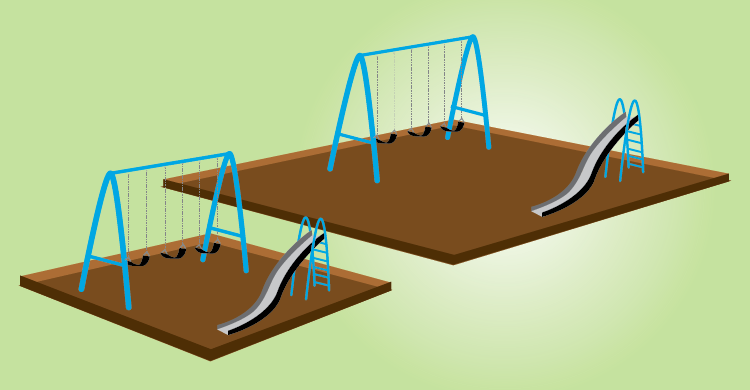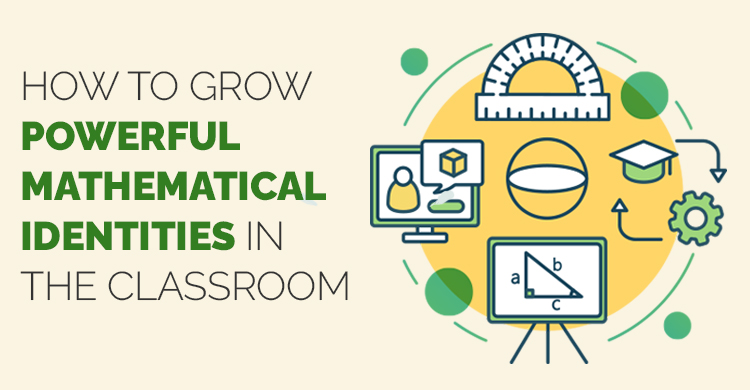Part 1: Setting the Stage
Around the country, I hear teachers talking about meaningful tasks. Regardless of grade level, teachers want to understand the what, why, and how of meaningful tasks. This blog addresses these questions in two parts: Setting the Stage describes the what and the why of meaningful tasks as well as the planning necessary to implement the tasks. The second part offers suggestions for implementation and reflection.
What are meaningful tasks?
The definitions of meaningful tasks or high cognitive demand tasks are abundant. Although varied as to their wording, they all focus on intriguing questions to which students do not have readily available answers. Such problems do not suggest one approach to a solution, but rather multiple pathways are possible. “What is critical is that a task provide students with the opportunity to engage actively in reasoning, sense making, and problem solving so that they develop a deep understanding of mathematics.” (NCTM, 2014, p. 20)
For example, upper elementary students were asked to look at two square play spaces. The length of the side of the first square play space is twice as long as the length of the side of the second play space. Students were asked, “How do the areas of these two square play spaces compare?”
Students worked in small groups to ensure that they understood the context and were discussing possible solutions. The students were then presented with the following:
David says, “The area will double.” Miriah says, “The area becomes four times bigger.” Who is correct and why?
This problem is open in that it does not provide specific values as to the length of the sides of squares. Students need to make sense of the question and they can approach the task in a variety of ways. The solution may also lead students to generalize that area will always be four times greater if the length of the square is doubled. Students are also creating a mathematical argument as they justify their reasoning. This is a meaningful task for upper elementary students.
Why are these important?
As described in NCTM’s Principles to Action, learning is an active process “in which each student builds his or her own mathematical knowledge from personal experiences, coupled with feedback from peers, teachers and other adults, and themselves.” (NCTM, 2014, p. 9)
In today’s classrooms, the emphasis is clearly on student learning, and that learning occurs through active engagement of every student. Mathematical tasks provide the vehicle to engage students.
There is no decision that teachers make that has a greater impact on students’ opportunities to learn, and on their perceptions about what mathematics is, than the selection or creation of the tasks with which the teacher engages students in studying mathematics.
(Lappan and Briars, 1995, p. 139)
How do we implement them?
Before Class:
The first step in implementing meaningful tasks begins with a series of questions for you and your colleagues to answer. In Common Core Mathematics at Work Grades 3-5, the authors, Larson, Fennell, Adams, Dixon, Kobett and Wray provide 6 questions to address:
- Is the problem interesting to students?
- Does the problem involve meaningful mathematics?
- Does the problem provide an opportunity for students to apply and extend mathematics?
- Is the problem challenging for students?
- Does the problem support the use of multiple strategies?
- Will students’ interactions with the problem reveal information about students’ mathematics understanding? (Larson et al, 2012, p. 28-29)
Discussions with your colleagues can deliver answers to the above questions. Be certain to actually solve the task yourselves so that you can understand the richness of the task, reveal any misconceptions students might bring to the task and identify where students might struggle. Develop specific questions that you can ask students who may be stuck and those questions that can deepen students learning who have found a solution to the task. At this time it is also important to identify which standard for mathematical practice students can experience and develop as they grapple and work towards solution of the task. Will this work be done independently and then shared with a partner or will the students work in teams of four? If working in a team, it is important that each student has a specific job to perform for the group. Roles can vary depending on the task. Here are descriptions for possible roles for students:
Discussion Director
Ensure that every one understands the context and question. Ask, “What do we know?” “What do we want to find out?” ”Can we make a prediction?”
Invite everyone to participate. Ask, “What are you thinking?” “Does this make sense?”
Resource Manager
As resource manager, you are the only member of your team who can ask the teacher a question. You may ask the question when everyone in your group has the same question. You also get supplies and keep track of time.
Recorder
Keep track of the team’s thinking. What strategy did you and your team consider? What approach did the team take? Record the steps. Ask, “Why are we using this strategy?” “How will it help us?” “Is there anything else that we need to include?”
Team Captain
Make certain that everyone in group can explain the solution and the selected pathway. Ask, “How would you explain this to the class?” “What questions do you have?” “Does our answer make sense?” Team captain also does the job of any missing member of the group
As part of the Before Class process, also consider how each student will be held accountable for the team’s success and understanding of the group’s work.
This is the work that occurs before class. The second part of this blog focuses on successful implementation of meaningful tasks. Specifically, Part 2 addresses what to do during class and reflective questions to consider after the class.
Sources:
Johnson and Norris (2006) Teaching Today’s Mathematics in the Middle School. Boston, MA. Pearson Learning.
Larson, Fennell, Adams, Dixon, Kobett and Wray (2012) Common Core Mathematics at Work Grades 3-5. Bloomington, IN. Solution-Tree.
NCTM (2014) Principles to Actions- Ensuring Mathematical Success for All. Reston, VA. National Council of Teachers of Mathematics.
Shahan, Gibbons and Cobb (2012) Launching Complex Tasks in Mathematics Teaching in the Middle School. Vol. 18, No. 1. Reston, VA. National Council of Teachers of Mathematics.
[author_bio id=”215″]






